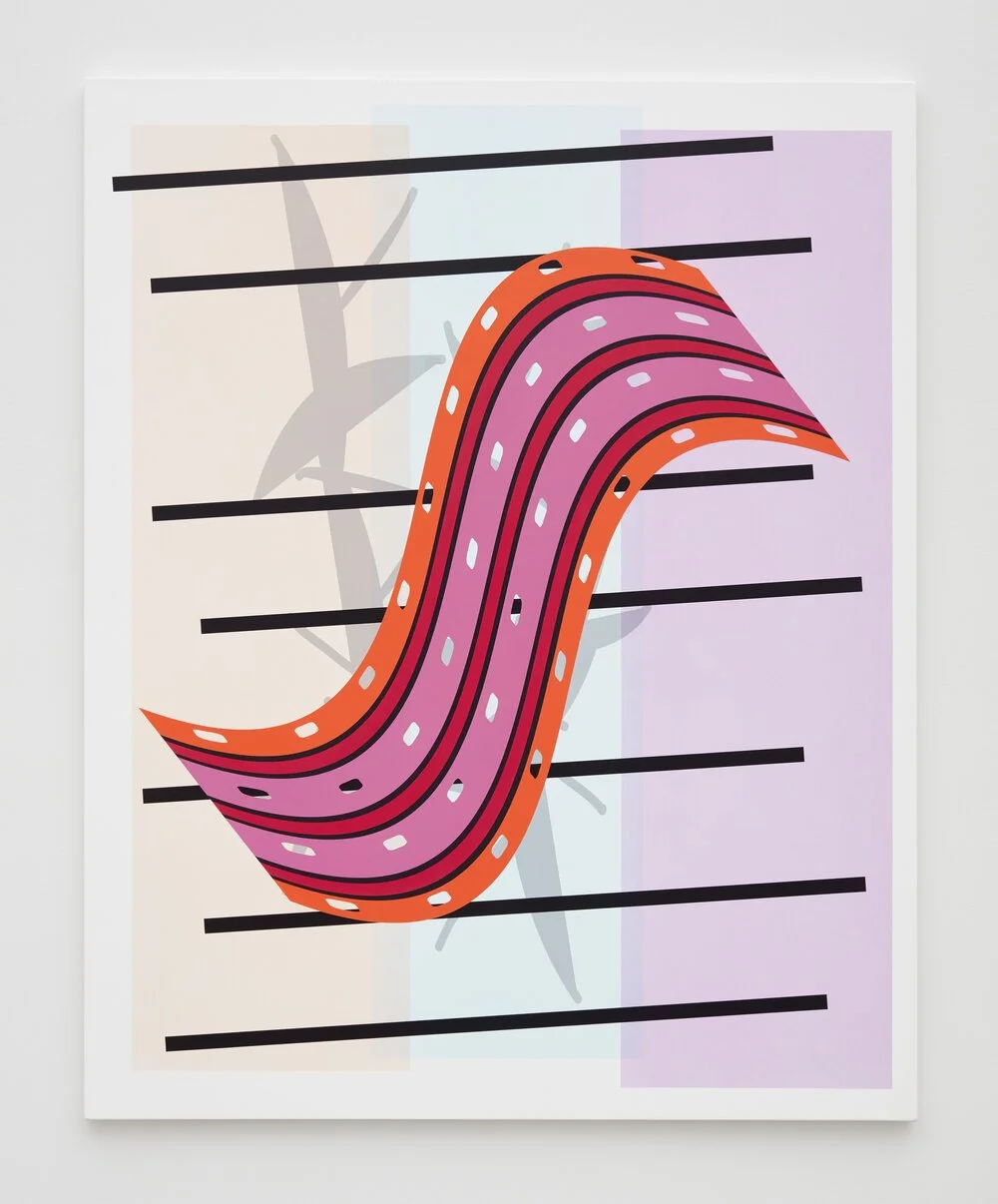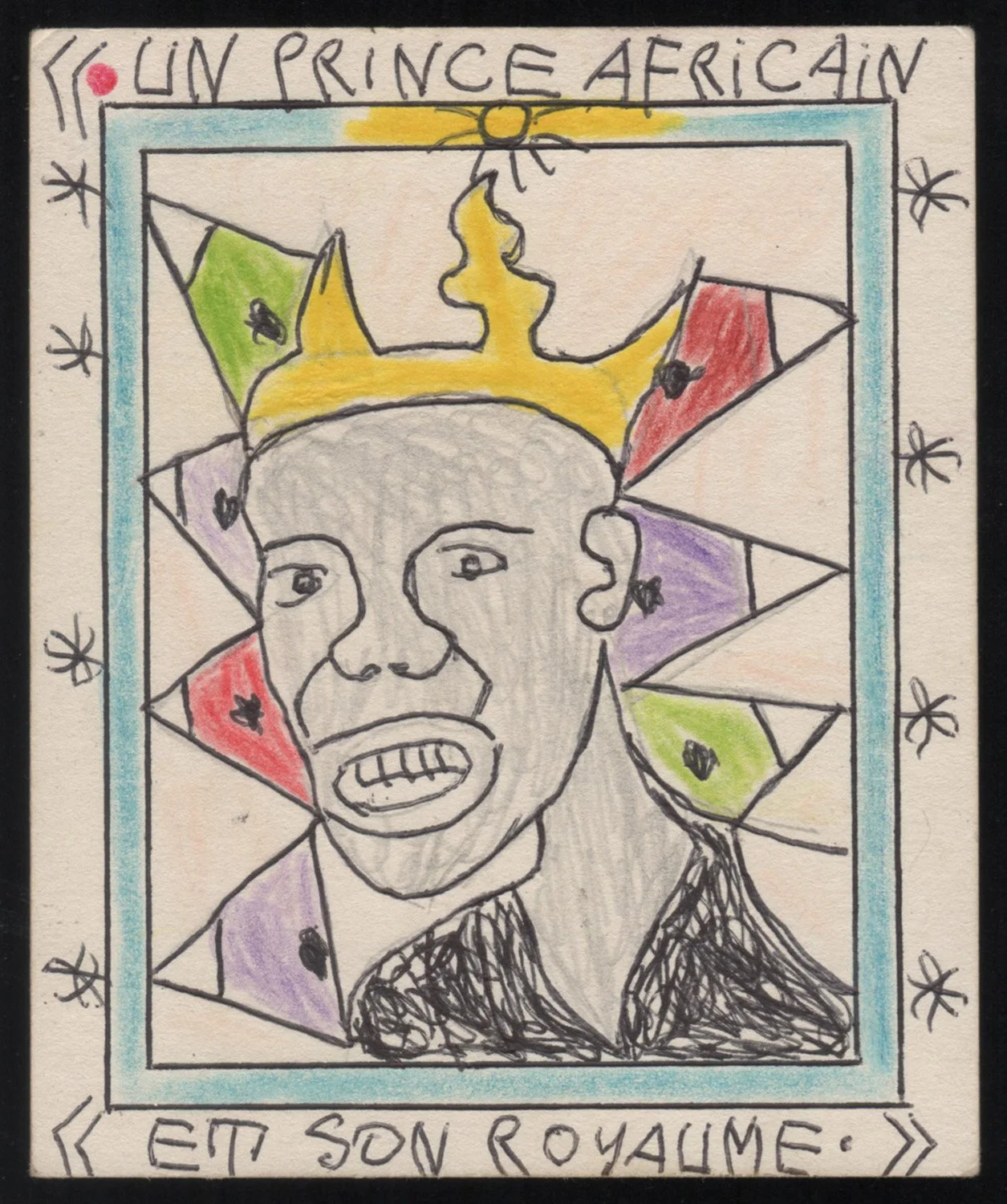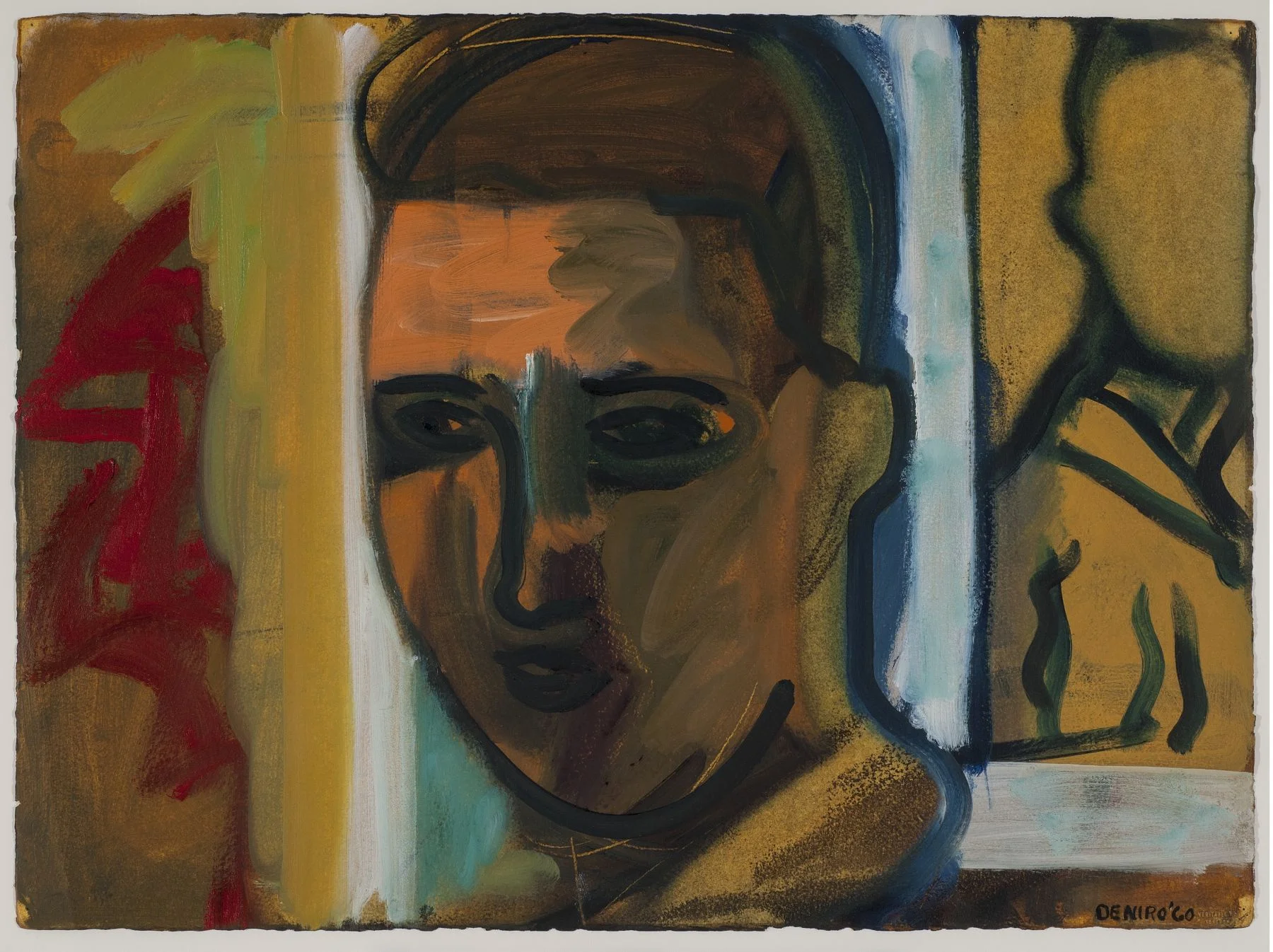Audrey Flack
“Force of Nature”
New York, 521 West 26th Street
Opening just three days before Flack’s 91st birthday, the exhibition is her first Abstract Expressionist show at Hollis Taggart since the 2015 Audrey Flack: The Abstract Expressionist Years, which provided an expansive overview of her paintings from the 1950s and 1960s. The forthcoming exhibition provides further insight into the development of her early practice, freshly revealing works from the late 1940s and into the early 1950s.The gallery has long championed Flack’s work, bringing critical attention to the depth and range of her artistic practice and her significant contributions to both the Abstract Expressionist and Photorealism movements.
Audrey Flack Pencil Walk 1951 Gouache, graphite, charcoal, and colored pencil on paper 13 1/2 x 16 1/4 inches (34.3 x 41.3 cm)
This will be a unique opportunity to connect with the artist, an Abstract Expressionist luminary, and experience these early works with her. The 1940s works were pivotal to setting Flack on an artistic trajectory that led to success within the Abstract Expressionist movement, a movement in which she was one of the numerous women who have still not garnered the depth of critical attention they deserve. The never-before-seen trove of works on paper in Audrey Flack: Force of Nature, named for the abstract forest series and landscape themes featured in the exhibition, dates from 1948 to 1954 were recently rediscovered in her studio as part of an archival and cataloging process. The works span the time immediately after her graduation from the High School of Music and Arts in Harlem into her tenure at New York City’s Cooper Union and later to her studies under Josef Albers at Yale, a transitional period where she developed her artistic voice and became fully immersed in the Abstract Expressionist movement. Some of the earliest works featured are three paintings dated to the late 1940s. Even as she was painting nature, she took inspiration from the urban landscape of her native New York City and rendered the scene in bright oranges, blues, and greens. After, during her time at Cooper Union, she was influenced by German Expressionist Ludwig Kirchner, Fauve Henri Matisse, nineteenthcentury German Romantic landscapist Caspar David Friedrich, and Piet Mondrian’s landscapes, as well as her friendships with Jackson Pollock and Willem de Kooning. After being recruited to Yale in 1950 under Josef Albers when he left Black Mountain College, her work moved away from the noticeably natural into more purely abstract and geometric forms. By 1954 she began experimenting with the bright, rich colors that would pave the way to her Photorealist work for which she is critically acclaimed, showing her skill at layering the quick-drying vibrant colors.







